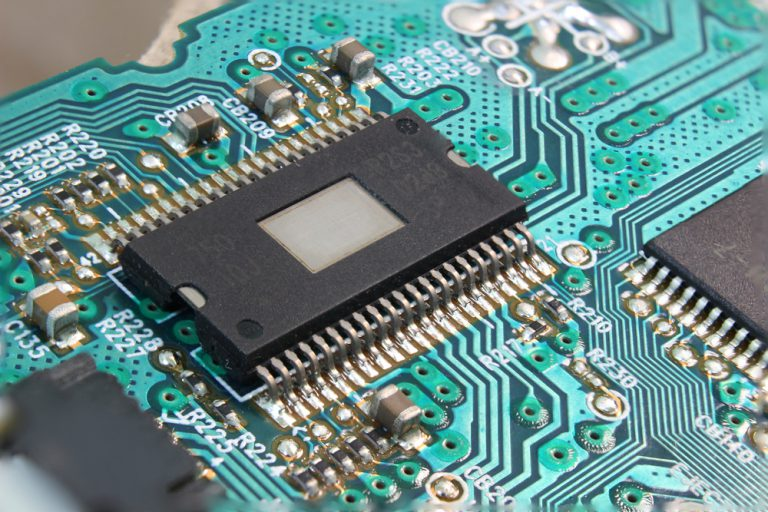HBF Technology: The Future of High-Bandwidth Storage Unveiled
With the rapid growth of artificial intelligence and high-performance computing, high-bandwidth memory (HBM) has become a focal point in the industry. Although HBM delivers excellent performance, it is costly and has limited scalability. Now, high-bandwidth flash (HBF) technology has emerged as a potential alternative. Since SanDisk first introduced the HBF concept in February 2025, more and more major storage manufacturers have joined this field, attempting to meet the dual demands of storage capacity and performance for future AI applications through HBF technology.
About HBF Technology
HBF (High Bandwidth Flash) is an emerging storage technology aimed at providing breakthrough storage capacity and performance for next-generation AI inference workloads. Compared with HBM, HBF not only offers comparable bandwidth but also increases capacity by 8 to 16 times, with costs similar to HBM. HBF technology is realized through Western Digital's advanced BiCS technology and proprietary CBA wafer bonding technology. After collaborative development with leading companies in the AI industry, HBF was awarded the "Most Innovative Technology Award" at the 2025 Future Memory and Storage Conference (FMS).
Progress of Major Storage Manufacturers in HBF
 1. SanDisk and SK Hynix
1. SanDisk and SK Hynix
Western Digital is one of the active promoters of HBF technology. In August 2025, Western Digital and SK Hynix signed a memorandum of understanding to jointly develop HBF technical specifications and promote its standardization. Western Digital plans to deliver the first batch of HBF storage samples in the second half of 2026 and is expected to launch the first AI inference device using HBF in early 2027.
SK Hynix collaborates with Western Digital to focus on the standardization and commercialization of HBF technology. The company believes that HBF is a key technology for unlocking the potential of AI and next-generation data workloads. Through cooperation with Western Digital, SK Hynix aims to occupy an important position in the HBF field and meet the high storage requirements of future AI applications.
2. Samsung
Samsung is also actively laying out HBF technology. Although no specific products have been launched yet, Samsung has started the early conceptual design work for its own HBF products. Samsung's deep accumulation in the field of storage technology makes it likely to achieve a rapid breakthrough in HBF technology, further consolidating its position in the high-performance storage market.
3. Kioxia
Kioxia has not explicitly disclosed its progress in HBF technology. However, as a leading company in the storage industry, Kioxia has always had strong R&D capabilities in high-capacity and high-performance storage solutions. In the future, Kioxia is expected to explore more in HBF technology to meet the growing market demand for high-performance storage.
Future Outlook
Thanks to the active promotion by major manufacturers such as Western Digital and SK Hynix, HBF technology is expected to achieve commercial application in the next few years and become a strong alternative to HBM technology. However, the success of HBF technology depends not only on its performance and cost advantages but also on breakthroughs in standardization, ecosystem construction, and market promotion.
It is worth noting that the emergence of HBF technology has brought new opportunities and challenges to the storage industry. As AI models continue to grow and become more complex, the demand for storage bandwidth and capacity is also increasing rapidly. With its high-capacity and high-bandwidth advantages, HBF technology is expected to play an important role in future data centers, edge computing, and AI inference applications. In addition, the standardization and ecosystem construction of HBF technology will also accelerate its market promotion and application popularization.
Conevo Electronic Components Distributor
Conevo chip distributor, specializing in high-performance analog and mixed-signal integrated circuit (IC) solutions. Conevo is committed to providing customers with a wide range of product coverage and efficient technical support, including but not limited to signal chains, power management, interfaces and sensors, etc. Here are some popular IC models.
● LTC2107IUK#TRPBF: A high-performance 16-bit analog-to-digital converter (ADC), suitable for high-speed signal acquisition and processing.
● LM393DT: Dual-channel voltage comparator, widely used in signal comparison and level detection.
● OPA2197IDR: Low-noise, high-precision operational amplifier, suitable for high-precision signal amplification and processing.
Website: www.conevoelec.com
Email: info@conevoelec.com








